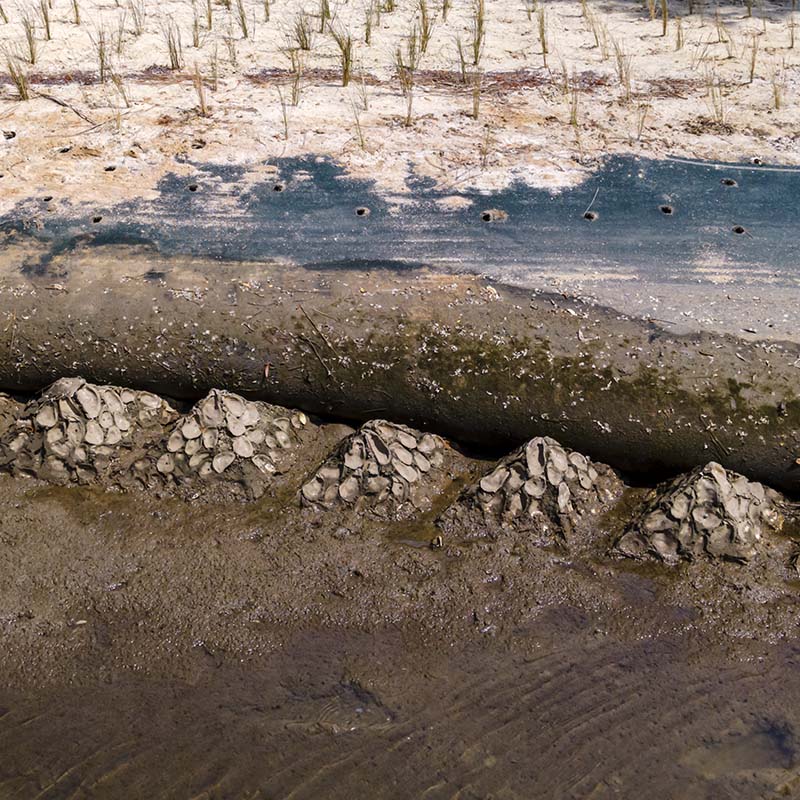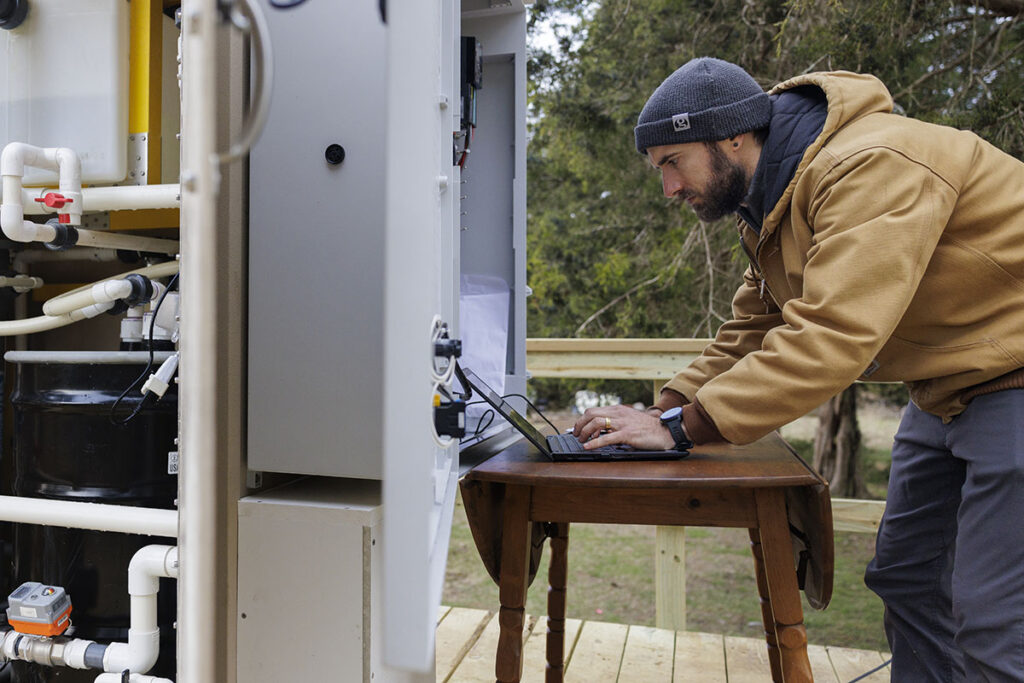How many narratives can a university submit per topical area?
There is no limit.
Business plan winners will be matched with the qualifications of an academic institution. Topical areas of greatest interest based upon the current finalists include: nature-based solutions including hybrid designs; living shoreline and shoreline stabilization; beneficial reuse of dredge materials; building rehabilitation to be more resilient to living with more water; and wastewater, potable, grey water management in rural context (e.g., septic, wells, managing nutrient loads).
Can a university summit a narrative for a topical area not listed?
Yes. Recognize this would be documenting capacity and future interests in conducting collaborative R&D on the existing network of waterfront properties, and would be less likely to match with a current business competition finalist.
Can multi-institutional partnerships participate?
We are asking for qualifications from single entities. Later in the match-making stage, there may be opportunities for multi-institutional partnerships. In a Statement of Qualifications, please feel free to your interest and willingness to enter partnerships within your own institution and/or with other Virginia institutions.
Are there three topical areas or are there 7 topical areas (numbered items under the three categories)?
There are 3 categories under which there are 7 topical areas.
How many proposals can each PI or University submit?
There is no limit to the number of narratives submitted by any one institution. Current request is for Statement of Qualifications that speaks to an institution’s scientific and technical capacity in the 7 topical areas.
What topical areas you are current finalists addressing vs which those you hope to have industry partners for in the future?
Topical areas addressed by the finalists are;
- Nature-based solutions, shoreline stabilization for flood management
- Highly integrated designs for the protection of buildings and properties
- Beneficial reuse of dredge materials
- Building rehabilitation to be more resilient to living with more water
- Water quality management, specifically wastewater, potable, and grey water
Future topical areas include all of the above, and:
- Rural stormwater management – ditches at low/zero grade
- Accessibility to rural coastal buildings and properties
Are multi-institutional proposals allowable, or are PIs limited to collaborations within their own institutions? Will you allow multi-institution narrative submissions? Or is this only for single-institution submissions?
Current request is for Statement of Qualifications that speaks to an individual institution’s scientific and technical capacity in the 7 topical areas, i.e., not multi-institutional statements of qualifications. Later in the second stage of this funding process, there may be opportunities for multi-institutional partnerships.
Is each proposal restricted to one of the 7 topics or multiple topics?
Statement of Qualifications narrative should address a single topical area. More than one narrative can be submitted and thus a submitter can share their capacity in one or more of the 7 topical areas.
Protection of rural building and properties – existing home rehab – can you shed some more light? FEMA mindset, protective walls around properties that can protect from floating debris? Does this involve instrumentation that would be involved?
We want to hear about qualifications from academic institutions that are protect buildings and properties, specifically in the rural context (e.g., salt water intrusion into wells, septic systems under sea level rise conditions, new solutions are there to minimize damage outside of raising a home, protecting existing homes). Data analytics and instrumentation may be one of the solutions.
Is there one statement of interest per university with one application for each of the possible topic areas allowed, or are there unlimited SoQ and topic areas allowed?
Unlimited.
Will the proposal ideas for business competition winners be published?
Finalists have been announced. Links to the businesses and their innovations can be found at https://riseresilience.org/finalists/.
Can you distinguish between the statement of qualifications vs proposals for concepts and ideas? Are you looking for qualifications in these areas or are you looking for ideas and approaches to propose in these topical areas?
At this stage (Statement of Qualifications) we are looking for qualifications. Scientific and technical capabilities as well as experience working with industry. The proposal stage will be the 2nd stage after match-making with the needs of the winners of the business competition.
Will proposal ideas for the 7 topical areas that don’t make it to the final 5 be disqualified? Not selected?
Some will not be selected. The match making effort will connect businesses with university capacity for the implementation stage. Beyond GO Virginia and this funding, we will continue to link businesses with capacity in Virginia Institutions and hope to aid in seeking and seeding funding.
If one university has multiple teams fit the industry partners, will the teams have to work together for one second stage proposal or could be multiple proposals?
To be determined. To meet the needs of the business competition winners, it may be advantageous to facilitate the formation of a new teams. However, there may not be sufficient funding to fully realize large teams. We will work closely with the academic institutions and the businesses to meet all parties needs.
Where can information on the PAA properties be found?
Several of the properties within the PAA portfolio can be viewed here. Click on the field station drop down menu.
Do you recommend that teams focus on one particular topical area in their narratives?
Yes. Keep qualification narratives to a specific topical area. Focus on what capacity your unit within your institution brings to the table.
What is the timeline?
Business Competition Finalists will be selected at the beginning of April. Conversations between businesses and university teams could be launched as early as mid- to late April to flesh out work plans. Budgets and work plans would be finalized in May followed by matching properties to the specific resilience innovation. Once a property is identified, there will be a permitting process that we’re facilitating prior to implementation. We anticipate it will be Fall before field work begins.





































